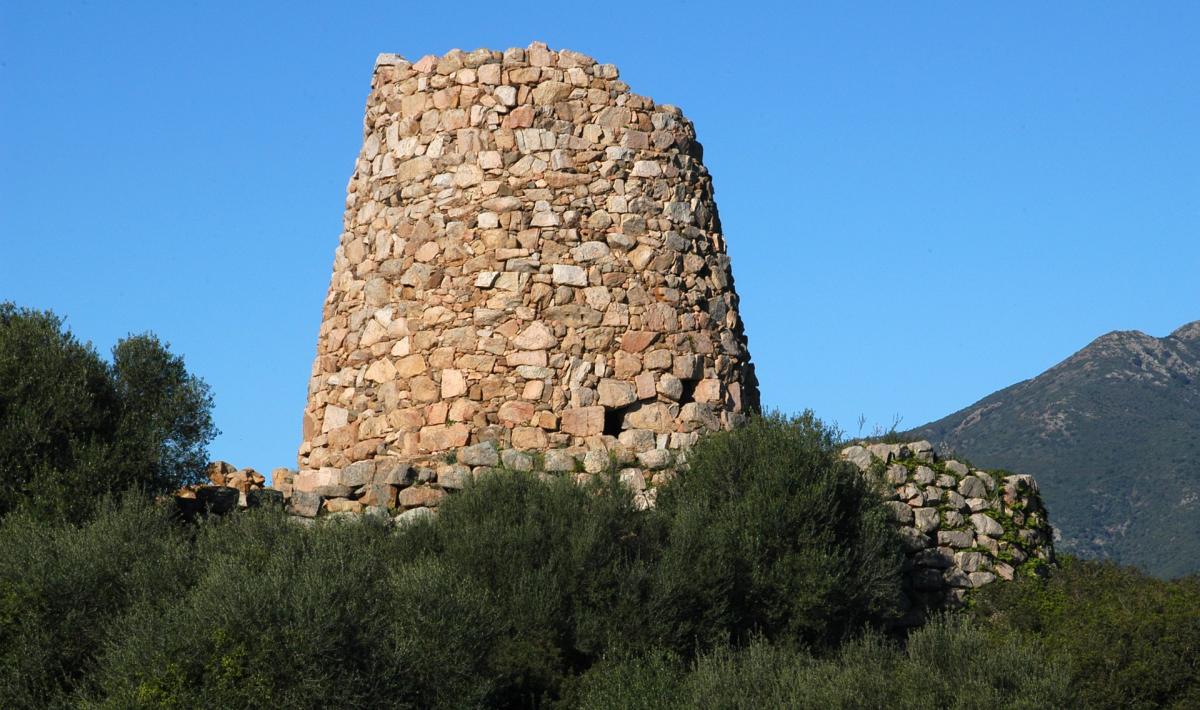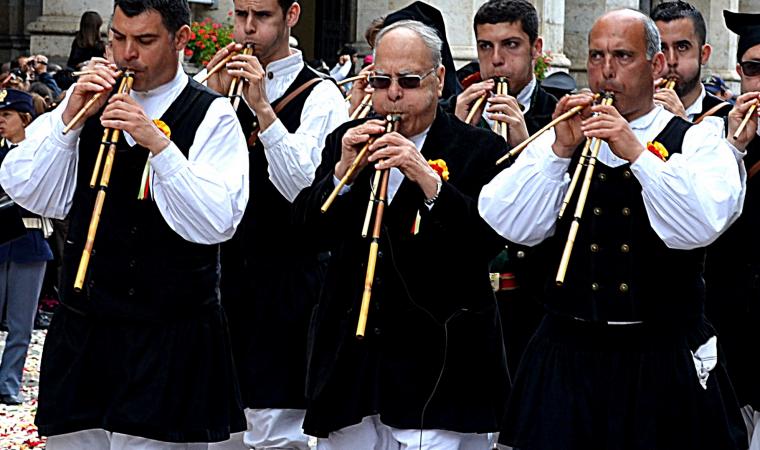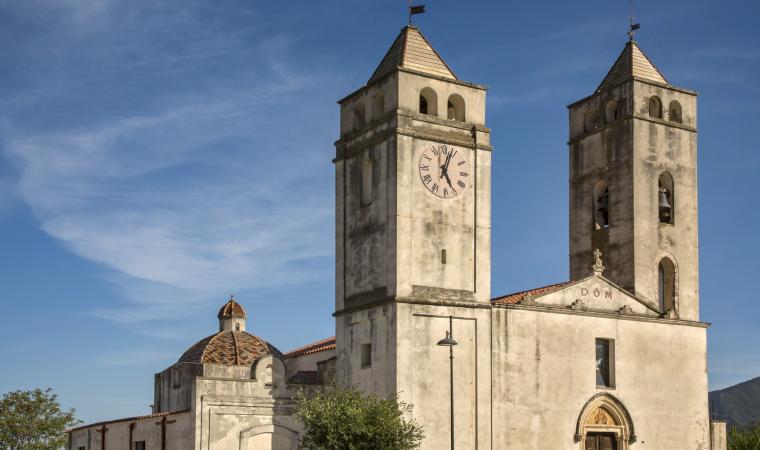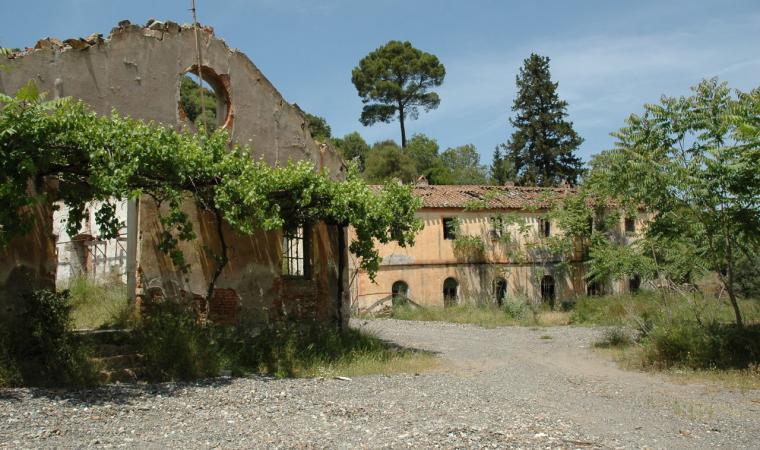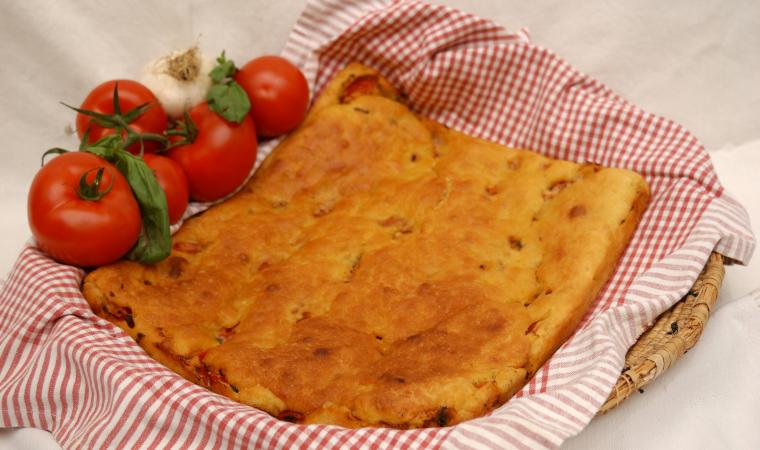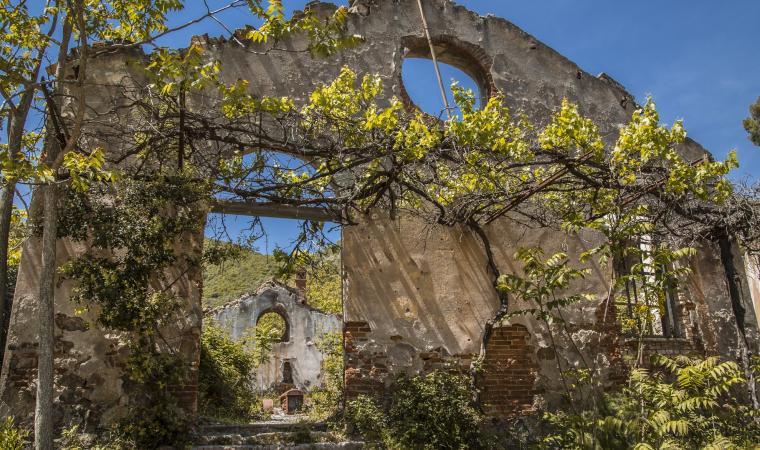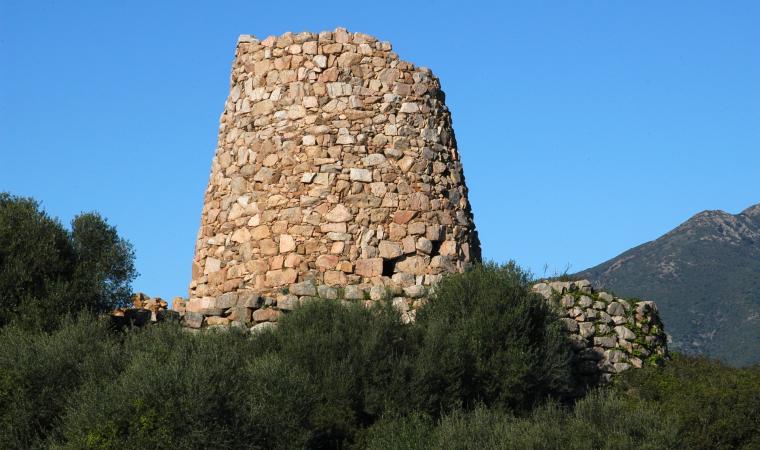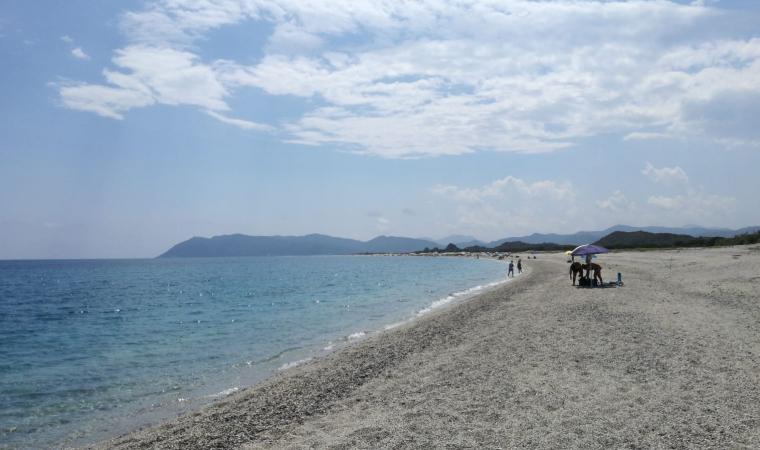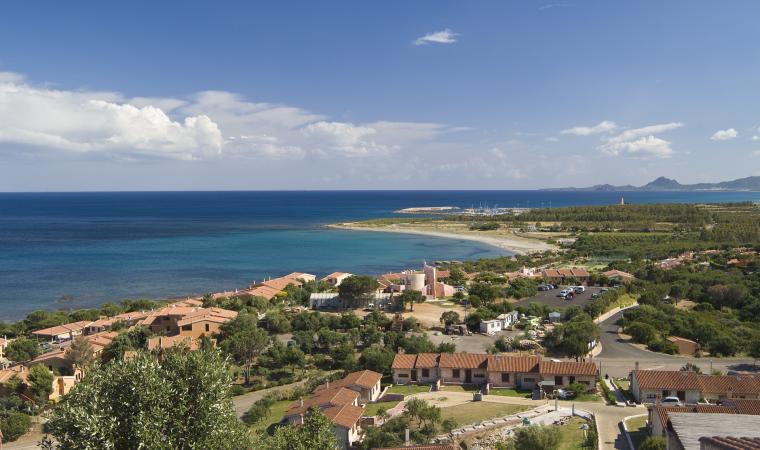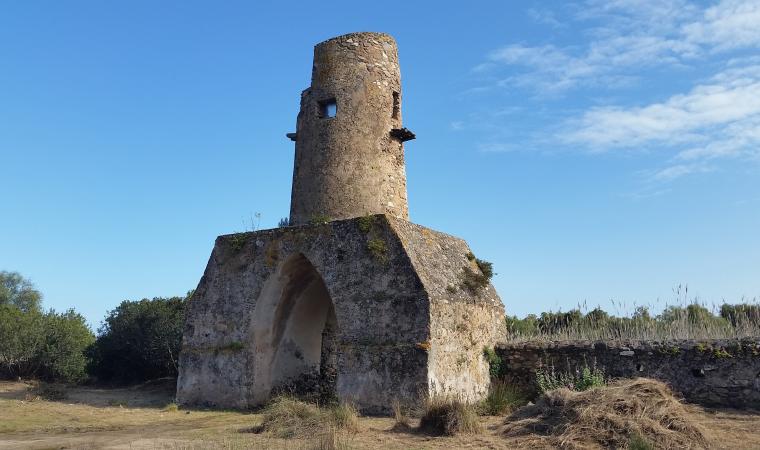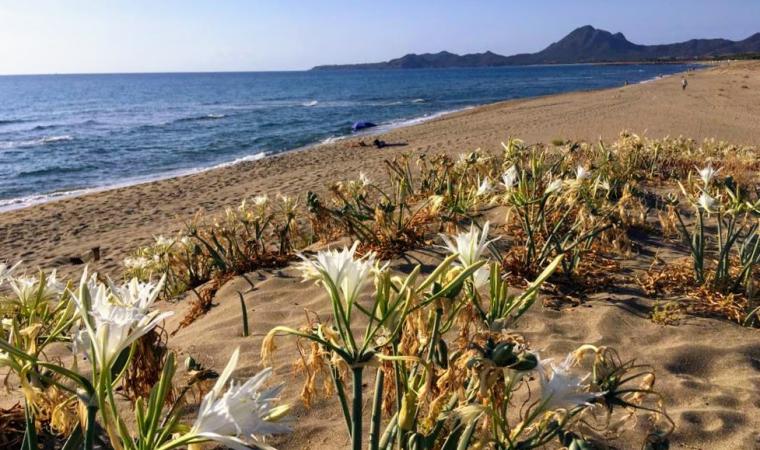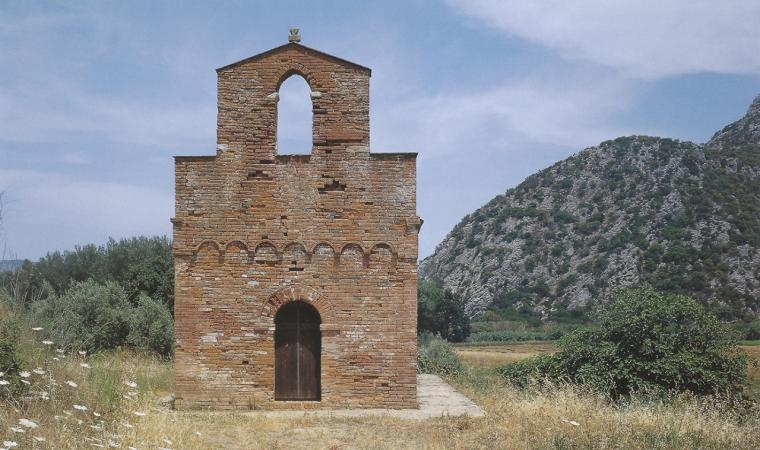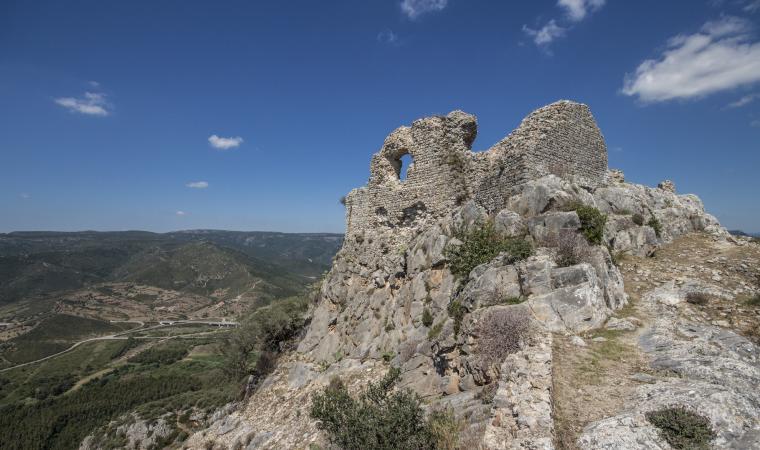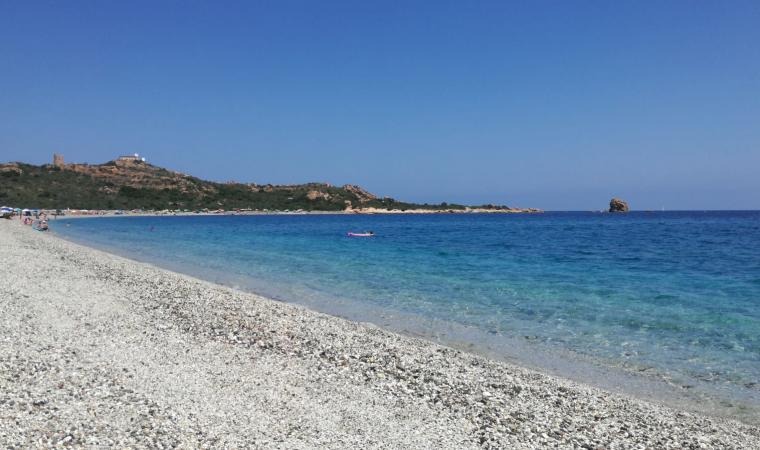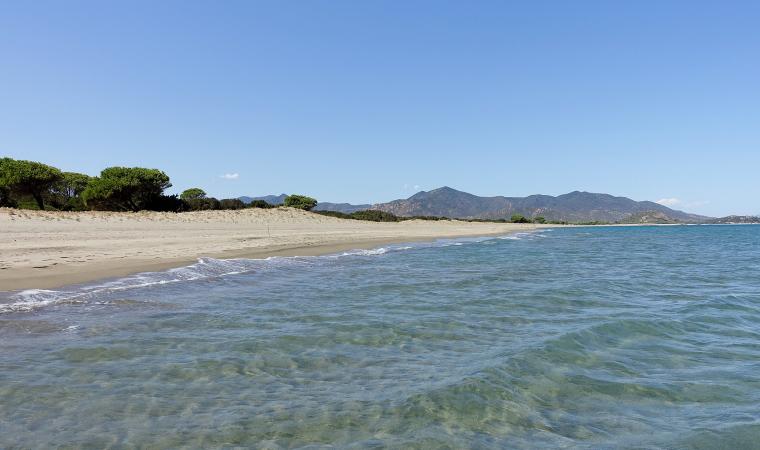It extends over a fertile territory, where excellent products like citrus fruits are grown, and it is also dotted with prehistoric sites and others of industrial archaeology. San Vito is a village with just under four thousand inhabitants in the Sarrabus region and is very attached to its traditions, as is confirmed by the splendid ancient costume of San Vito. In the Middle Age, the village was part of the Giudicati, first of Cagliari, then of Gallura and later of Pisa, until it was finally conquered by the Aragonese. From the second half of the nineteenth century, along the silver vein of the Sarrabus-Gerrei subregion - the second most extensive area in the Geological and Mining Park of Sardinia - the extraction activity began: about ten mining sites made up the 'Via dell'Argento' (Silver Trail). At the beginning of the 20th century, a total of more than 1500 miners worked there, two thirds of whom worked in the mine of Mount Narba alone. Inside the Palazzo Civico of San Vito, the Via dell'Argento Museum documents the history and life of mining through verbal sources, documents, photographs and work objects.

